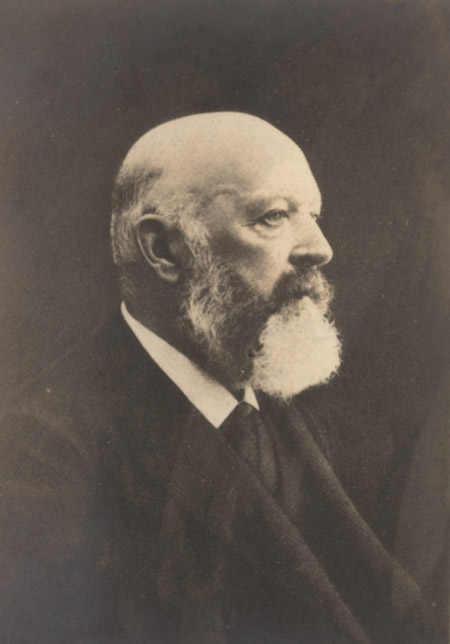Adolf von Baeyer
(1835 - 1917)


German chemist Adolf von Baeyer won the Nobel Prize for Chemistry in 1905. In 1864, von Baeyer synthesised barbituric acid. The word "barbiturate" is a combination of "Barbara" with "urea": von Baeyer discovered the compound on Saint Barbara’s Day, and urea was used in the synthesis of the new molecule.Barbiturates can be used as sedatives, hypnotics, anticonvulsants - and general anaesthetics. The parent compound, barbituric acid, is not itself pharmacologically active. The first such derivative to be identified was barbital (Veronal, Barbitone), discovered in 1902 by Josef von Mering and Emil Fischer. Von Mering allegedly christened barbital Veronal because the Italian city of Verona was the most peaceful city he knew. The second to be developed was phenobarbital (Luminal), marketed as Luminal from 1912.
The first two barbiturates were both long-acting. They didn't always induce sleep as rapidly as desired; and their sedative action lasted well into the next day. So pharmaceutical chemists went on to design a whole host of new variants. Barbiturates are conventionally divided into four categories: ultrashort-, short-, intermediate- and long-acting.
Ultrashort-acting barbiturates are used as anaesthetics, where their intravenous administration can induce sleep within a minute or so. Ultrashort-acting barbiturates include methohexital (Brevital), thiopentone (Pentothal) and thiamylal (Surital).
Short-acting and intermediate-acting barbiturates are more popular at home and on the street. Taken orally, they induce sedation within a quarter of an hour to forty minutes. Several hours of sleep follow. Drugs in this category include pentobarbital (Nembutal), butalbital (Fiorinal, Fioricet), amobarbital (Amytal), butabarbital (Butisol), talbutal (Lotusate), aprobarbital (Alurate), and secobarbital (Seconal).
Unlike inhaled anaesthetics, intravenous agents can't be removed from the body by ventilation. So great care must be taken in their administration. Excessive dosage can result in severe medullary depression that is not readily reversible.
HOME
Search
Resources
Snapshots
Utopian Surgery
Refs and Further Reading
Anaesthesia and Anaesthetics